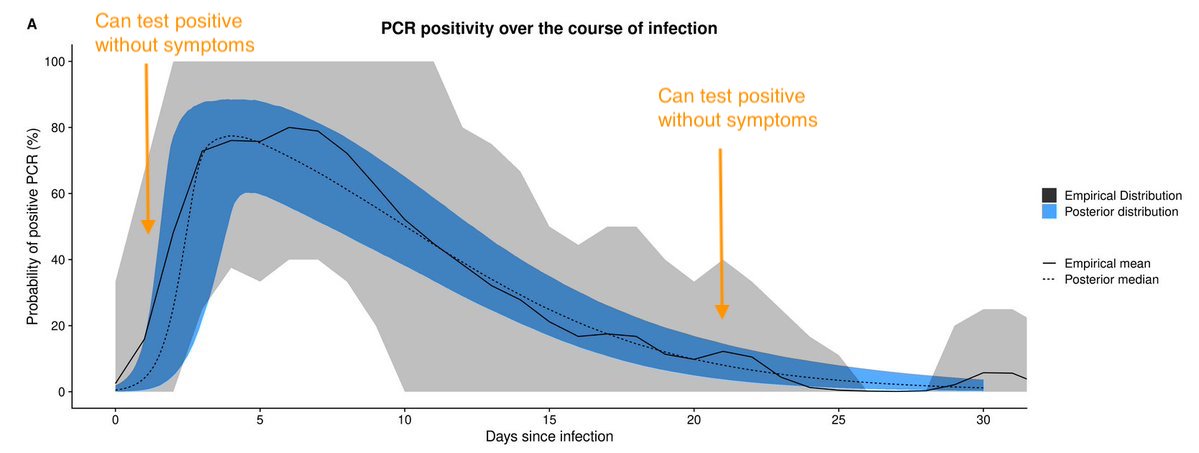
Some locations in Tier 3 had evidence of rising epidemics before November lockdown; others were declining. Same for Tier 1 & 2 – some were rising; some were declining. How come? There are three likely explanations... 1/
https://twitter.com/AdamJKucharski/status/1330916716801626115
First, things like population demography, household structure, and nature of local industry will influence social interactions and hence transmission potential. As a result, baseline R may just be slightly lower in some locations. 2/
https://twitter.com/AdamJKucharski/status/1307958852248272898?s=20
Second, high levels of infection will lead to some accumulation of immunity (in short-term, at least). Unlikely it's enough to go back to normal without outbreaks, but could be enough for control measures that would get R near 1 in spring to now get R below 1. (Data from ONS) 3/ 

Third, behaviour can change, whether by top-down control measures (like local restrictions, tiers or national lockdown) or from individual-level responses to local outbreak situation/headlines. 4/ 





The problem is that it's often impossible to disentangle between these three explanations from case trends alone - need to look at data on social behaviour, serology, community testing, intervention timing, local epidemiology too... 5/
https://twitter.com/AdamJKucharski/status/1280503308067766272?s=20
Commentators tend to focus on the outliers, but conclusions from outliers won’t necessarily generalise to other locations. What's more, some factors will be reasonably static (like population structure), while others dynamic (immunity, behaviour), so harder to predict. 6/
As I mentioned in my #covidunknowns talk last week, these are crucial questions - there are lots of studies underway that should help answer some of them, but in the meantime worth bearing above in mind when interpreting epidemic trajectory in different places. 7/7 

• • •
Missing some Tweet in this thread? You can try to
force a refresh










